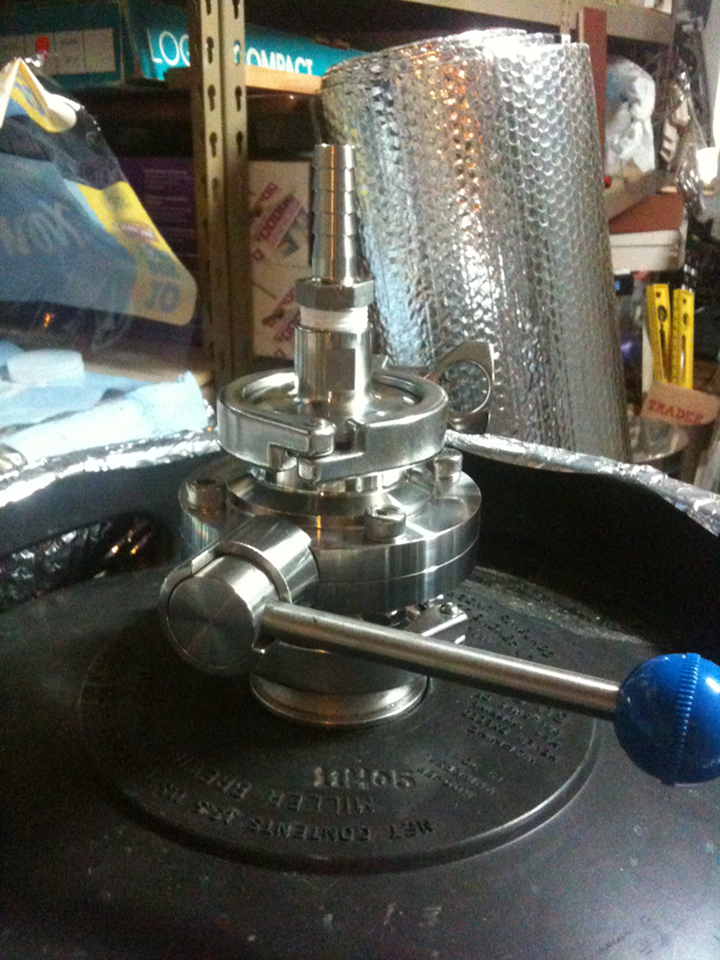JuanMoore
Getting the banned back together
A 2" tri-clamp fits almost perfectly on a standard sanke neck.

Hey Jimmay, could you give me a break down of what you have on the bottom of the keg? Looks like a tri-clover 90 degree elbow with clamp on the sanky valve, then tri-clover ball valve clamped on that? I guess what i'm asking is..What size tri clover fits onto the old sanky valve with out leaking?
I want to make my keggle, and I think it makes since to cut off the bottom and make use of the sanky valve to drain if you are going electric or RIMS
jimmayhugh said:I'm considering getting a 2" butterfly valve and 2" to 5/8" hose barb to replace the ball valve.
Why is that? what do you not like about the ball valve?











![Craft A Brew - Safale S-04 Dry Yeast - Fermentis - English Ale Dry Yeast - For English and American Ales and Hard Apple Ciders - Ingredients for Home Brewing - Beer Making Supplies - [1 Pack]](https://m.media-amazon.com/images/I/41fVGNh6JfL._SL500_.jpg)
Nice build! With the reflectix insulation have you done another water test? I kind of want to replace my cooler with a bottom drain keggle, but not if I have to build a heated RIMS system to do it. Thanks!
Once again, the water test won't really provide much useful info, since a mash performs much differently than plain water.



jimmayhugh said:So if I see a reduction of heat loss over time using the same test as before, it doesn't provide any useful info??
Gotta disagree with you there.


^^^^
Very true! Data collected for heat loss using just water is meaninglesss IMHO. A mash will behave very differently, and a large mash will behave differently than a small mash.
It has to do with thermal mass. The bigger the mass, the slower the heat exchange with the environment.
Sent from my iPhone using Home Brew